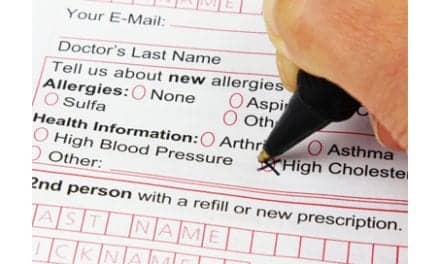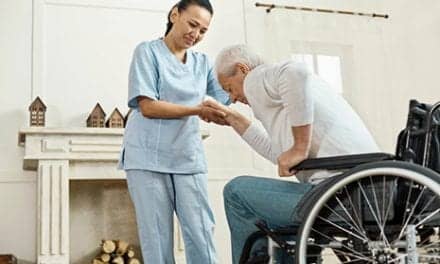May 19, 2008
A new study published this month in the Journal of Athletic Training (JAT) the scientific publication of the National Athletic Trainers’ Association (NATA), reports that the activity level of athletes after concussions occurred affected brain functions and speed of recovery. Athletes engaging in high levels of activity following concussion demonstrated impaired brain function while those who engaged in moderate levels of activity demonstrated the best performance.
According to the study, more than 1 million mild traumatic brain injuries occur each year in the United States with more than 1.25 million student athletes participating at the high school level. Estimates indicate that more than 300,000 sports-related concussions occur each year in the United States, with more than 60,000 cases occurring at the high school level. NATA reports that approximately 4 percent of high school and collegiate football players are diagnosed with concussions each season.
“Given the health issues associated with concussion, which may last longer than once thought, the decision on when and how to return an athlete not only to the playing field, but also to normal day-to-day activity, has begun receiving attention as a national health issue,” said certified athletic trainer Jason P. Mihalik, MS, CAT(C), ATC, University of North Carolina, and an author of the study.
The study found an important relationship between post-concussion activity and performance on visual memory and reaction-time tests. Athletes who engaged in the highest level of activity after the initial injury tended to demonstrate the worst neurocognitive scores and slowest reaction times, while those who engaged in intermediate levels of activity had the best scores and fastest reaction times.
“We surmise that most athletes in the highest-intensity activity group probably experienced a less severe initial injury,” Mihalik said, “but by continuing with high levels of activity, they began to exhibit similar symptoms to those who initially experienced a more severe concussion.”
Key findings from the study include the following:
Symptom status and neurocognitive performance were affected by post-injury activity levels and the age and gender of the athlete. After concussion, younger adolescents experienced more pronounced deficits in verbal and visual memory than older teenagers. Moderate levels of exertion were associated with a better prognosis, suggesting controlled exertion may improve the subject’s outcome after concussion; however, more study in this area is needed.
The study specifically found differences in recovery based on age and gender, which suggest that different post-injury strategies may be needed for males and younger athletes. According to Mihalik: “Our findings indicate that we need to consider the roles of both cognitive and physical exertion, as well as age and gender, on student athletes recovering from sport-related concussion.”
These results support the development of an individualized, graded return-to-play protocol. They also highlight the notion that concussion management may need to include recommendations regarding return to all activities, including school, work and daily chores, and not just sport-specific activities.
“Athletic trainers, coaches and others are ultimately responsible for keeping high school athletes safe and healthy during practices and competitions,” said NATA president Chuck Kimmel, ATC. “This report’s deep insight into sport-related concussions is an important step in developing the focused protocols required to effectively keep injury rates as low as possible among high school student-athletes.”
The study was conducted by the University of Pittsburgh and the University of North Carolina at Chapel Hill and appears in the June 2008 issue of the Journal of Athletic Training. To review the report, “Concussion in Sports: Postconcussive Activity Levels, Symptoms, and Neurocognitive Performance,” in its entirety, visit: http://www.nata.org/jat/readers/archives/43.3/attr-43-03-265.pdf.
Source: National Athletic Trainers’ Association.



